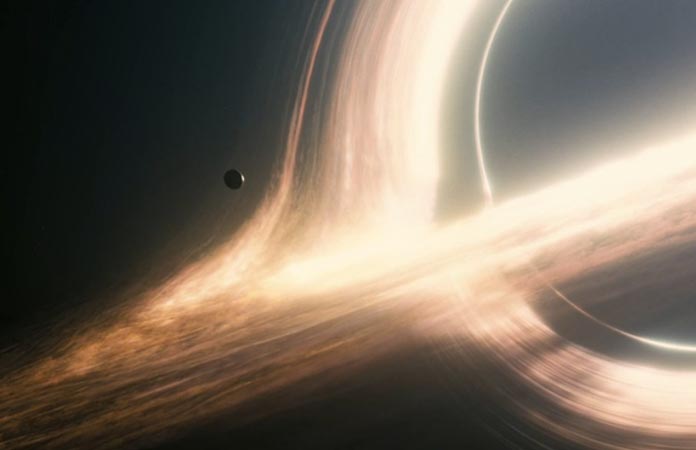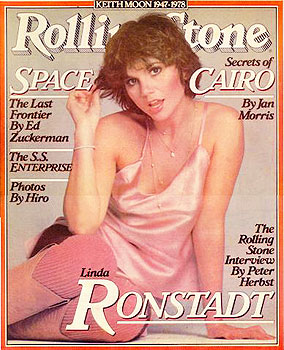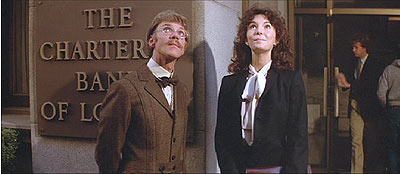Published on July 30th, 2010 in: Editorial, Movies, Science Fiction |
The movie medium began as a series of technical advancements and research projects, an attempt to put still photographs into motion, beginning with Eadweard Muybridge’s “zoopraxiscope” and Thomas Edison’s inventions of the kinetoscope in 1889 and the vitascope in 1895, and quickly moving towards the many imitations and variations that followed.
According to film historian Benjamin B. Hampton, Edison was too involved in his laboratory experiments and “too far removed from the public to realize that his invention was anything more than a toy.” Yet soon, “[M]en with keener commercial sense than Edison. . . saw a field of money-making.”

Altered States, 1980
Although the more artistic possibilities of this new medium would soon reveal themselves through films like George Méliès’ A Trip To The Moon, these seem to have been exceptions to the norm. Hampton notes that although “[T]here was no opposition to quality; there merely was no conscious effort” since the main objectives were that the films “did not require any more film or cost any more money.”
And there was a lot of money to be made. By 1913, the gross income of Edison’s Vitagraph corporation “was between five and six million dollars a year,” a nearly inconceivable amount of money for the time. The battle between art and commerce has continued in the film industry ever since.
(more…)






